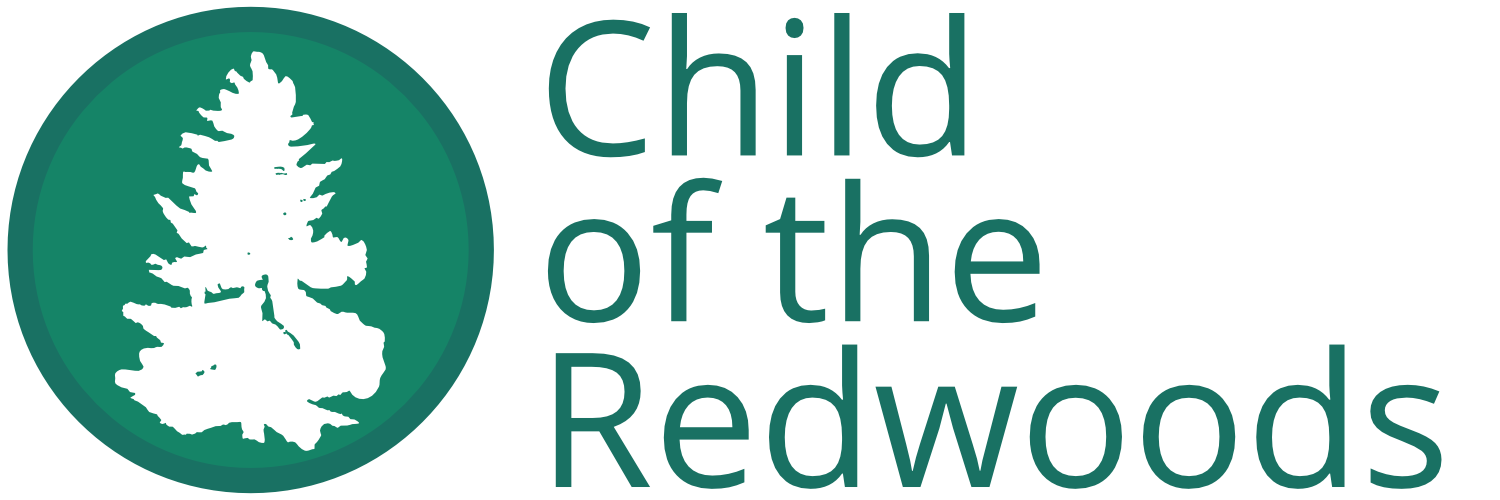From the tiniest microbe to the mightiest redwood, the diversity and abundance of life on our planet is truly miraculous. Despite our best efforts, we have yet to find any place in the universe quite like Planet Earth. We humans are intractably tied to our Eden; we rely on the plant, animal, and microbial life for everything. We are its caretakers and its children.
Maria Montessori made a study of plant and animal life, including the evolution of life — a centerpiece of her student’s journey. At Child of the Redwoods, we continue the tradition with a separate, dedicated focus on any sciences related to life on earth called Life Science. Related to but distinct from Physical Science, Life Science includes zoology, biology, and evolution.
As a medical doctor and scientist, Montessori was deeply curious about the natural world and wanted to infuse as much scientific fact as possible into the experience. So important are the life sciences that Montessori made it the subject of her Second Great Lesson: The Coming of Life, which dramatically explains how the earth went from a barren rock circling the sun to the land of abundance we have today.
Montessori’s traditional Life Sciences curriculum focuses very heavily on identification and classification — not surprising for a scientist trained in the late 19th and early 20th centuries. In our approach, we retain these core ideas but have added and updated some concepts to reflect 21st century scientific understanding. Most notably, you’ll find a greater emphasis on exploring the interaction between humans and other life on our planet.
Children ages 2.5 to 6 are in the first plane, meaning they are highly oriented towards sensorial learning. Montessori activities for this age group heavily emphasize things that require the child to touch, taste, smell, visually discern, or otherwise engage directly with an object. This is as true for Life Science as it is for any other discipline. For example, when exploring the concept of vertebrates, we may invite a child to scrub a bone with a small sponge and soap. When studying parts of a flower, we may invite a child to carefully deconstruct one, piece by piece.
Overall the goal is to help 2.5 to 6 year olds understand that there are many forms of life on earth that we can describe.
Children aged 6 to 9 are in the first half of the second plane, meaning they are incredibly focused on understanding WHY things happen. Their lessons emphasize observation, prediction, and documentation, and they will spend much of their time independently researching concepts.
In addition, life science for Lower Elementary kids includes prehistoric life, meaning things like dinosaurs and wooly mammoths, and many children are fascinated by the idea that there were forms of life that no longer exist. Be prepared to spend many, many hours exploring big, difficult to answer questions. Where did these ancient animals go? What did they look like? Are we related to them?
Overall, the idea is to give your 6 to 9 year olds an understanding of where life came from and how we currently organize it.
For 2 - 9 year olds (those in the first and second plane), the big topics in life science are zoology and botany. With younger learners, the goal is to let your child interact with nature as much as possible. Go to the park and watch the ducks swim. What other kinds of animals life at the lake? Bring flowers home from the grocery store and press them. What will the petals look like when we’re finished? Pet a cat and gently feel its spine. Can you feel your own spine?
For elementary-aged kids, the goal is to help them develop the concepts and language needed to describe the natural world in greater detail. How do the duck’s feather keep it dry? What are the different parts of a flower called? When did cats first walk the earth?
Above all, the key to success is for you, the parent or caregiver, to be CURIOUS. Child of the Redwoods emphasizes that education is a journey you take WITH your children. When you show curiosity about the world, your child will follow the example.
For children between the ages of 2.5 and 9, our curriculum focuses primarily on three domains: living organisms, botany, and zoology. For older students (those in the 6 to 9 range), we also add evolution (via the Second Great Lesson).
Living Organisms: This domain covers the organization of life into domains and kingdoms and examines lifeforms other than plants and animals.
Botany: This domain covers all things plant - from classification and evolution to weeding and leaf polishing.
Zoology: A parallel to botany, this domain covers all things animal life… except for that most amazing animal, human!
In practice, this means children under 6 will spend much of their time interacting with the natural world in a highly tactile way, such as polishing leaves, arranging flowers, or helping in the garden. Among other things, by the time they exit the program, your child should be able to explain what’s inside an animal (e.g., bones and muscles), know what it looks like when a seed sprouts, and know the differences between living and non-living things.
For those over 6, we build on this knowledge by exploring topics like the life cycle of plants and animals, the ways humans organize life into domains and kingdoms, and the ways humans use (and sometimes overuse) plant and animal life. By the time they exit the program, your child should be able to (among other things) describe how life formed on the earth, give examples of how humans use animals, and explain how all life in a healthy biome interconnects.


